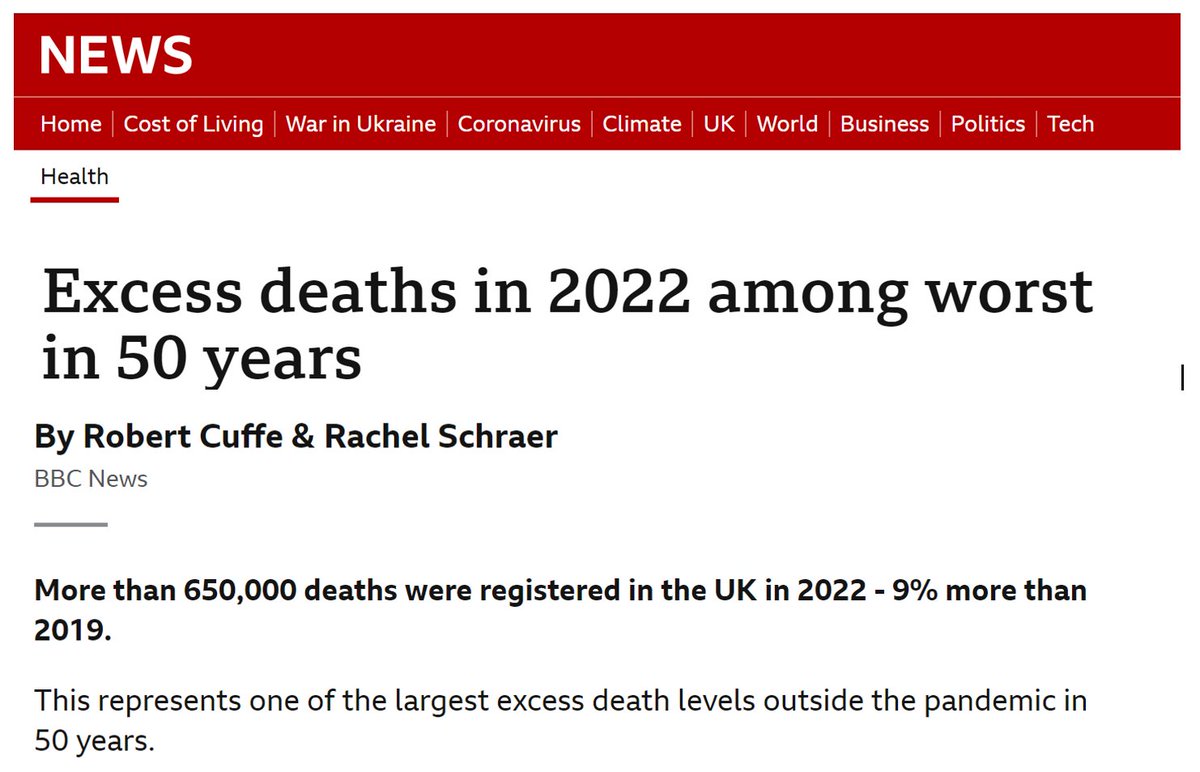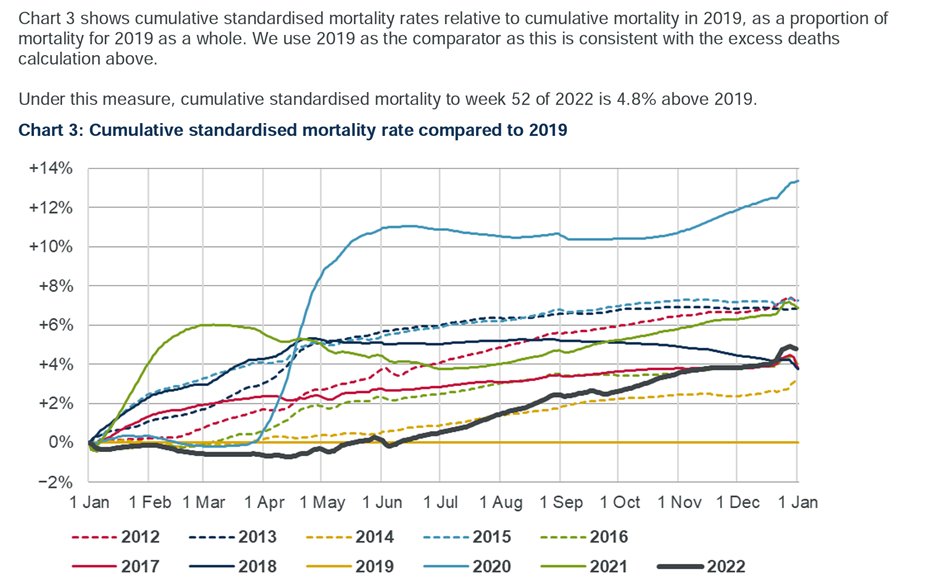When, on 12 June, Elon Musk made Likes on X private (so that only a post author can see who likes their post) this seemed like a small change. But small changes in complex systems like X can have big, unpredictable effects. 1/7 

What the change means is that if you like a post, no one can see that you've liked it (apart from the poster). This increase the likes posts get. 2/7 

Certain posts see bigger increases in likes. These will tend to be those that people wouldn't want others to see them liking. 3/7
Racist posts are likely to benefit. More likes for these posts means that X promotes them more. 4/7
In other words, the change Musk introduced means racist posts are now being liked more, which is giving them an extra boost. 5/7
This subtle change made by Musk seems likely to have fuelled the race riots which have erupted across England. I think it's also likely that Musk foresaw what the effects of his change could be. 6/7
So, just two months after the changes were made we may be seeing their horrific consequences. It seems incredible that we have allowed a billionaire owner of a social media platform to have such power. 7/7
This is speculation about the effects and consequences of the changes to Likes based on what I think is a plausible theory.
The theory needs testing with data, eg to understand whether certain types of tweets (eg offensive, racist ones) now get more likes than other types. 7+1
The theory needs testing with data, eg to understand whether certain types of tweets (eg offensive, racist ones) now get more likes than other types. 7+1
We also don't know to what extent X and engagement with racist posts fueled the riots. There's sure to be more research into this, helping fill gaps in our understanding. 7+2
And, to clarify, I'm not saying Musk foresaw the race-related riots in England. The change to Likes seems motivated by his belief in unrestricted free-speech. But he's a clever man who will have been aware that the change could have far reaching (if unknown) consequences. 7+3
• • •
Missing some Tweet in this thread? You can try to
force a refresh












